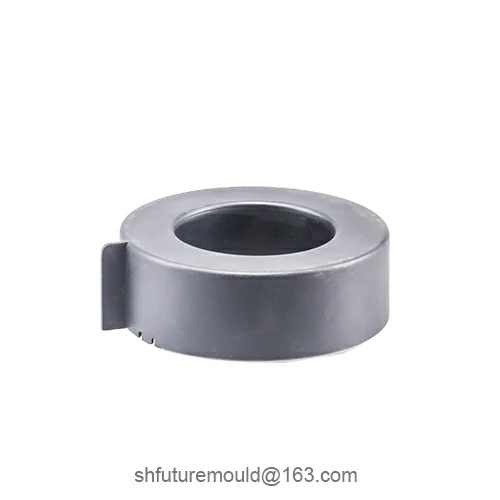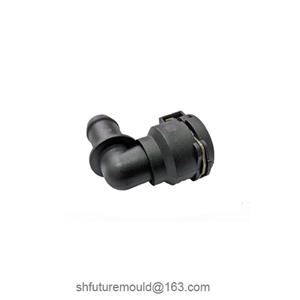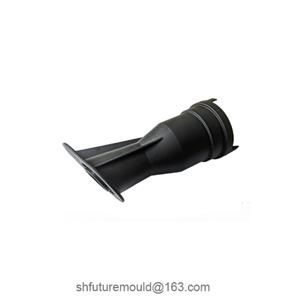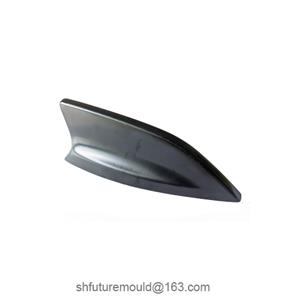Ocean Shipping Packaging for Injection Molds
Injection molds are large in volume and mostly made of high-precision steel structures. During ocean transportation, they are prone to moisture, collisions, and vibrations. Inadequate packaging can lead to rust, deformation, or even mold damage.
I. Packaging Preparation
Cleaning and Inspection
Remove impurities such as oil stains, plastic residues, and metal shavings from the mold surface.
Inspect critical dimensions and components of the mold. Loosened parts should be disassembled and packaged separately.
Anti-Rust Treatment
Apply anti-rust oil or spray anti-rust agent on all metal surfaces.
For rust-prone areas (e.g., sliders, guide pillars), apply additional coatings and wrap them with plastic film.
II. Internal Protection
Cushioning Materials
Attach EPE foam, polyethylene foam, or bubble wrap to the edges and protruding areas of the mold.
Fill cavities and recesses with moisture-proof polyethylene foam to prevent collisions during container vibrations.
Securing and Bundling
Use nylon straps or steel bands to fasten the cushioned mold securely to a wooden pallet.
Ensure the mold cannot shift laterally, vertically, or horizontally on the pallet. Straps should be tightened moderately to prevent sliding without damaging the surface.
III. External Reinforcement
Pallets and Wooden Cases
Select high-quality wooden pallets or cases with a thickness of≥18mm and moisture content of ≤15%.
Reinforce the bottom of the wooden case with support beams to bear the mold’s weight.
Wooden Case Structure
Use a detachable lid design for easy inspection during unloading.
Install right-angle reinforcement boards at corners and along inner walls to enhance lateral pressure resistance.
Fill gaps in the case with desiccants or moisture-proof agents, and seal joints with adhesive tape.
IV. Labeling and Additional Protections
Essential Labels and Tags
Affix labels on the exterior with details such as mold name, part number, weight, consignee/shipper, destination port, and case number.
Use waterproof, wear-resistant labels and protect them with plastic film lamination.
Moisture and Shock Prevention
Place sufficient silica gel desiccants inside the case and replace them periodically.
Install rubber or shock-absorbing pads at the bottom of the pallet and case to further isolate vibrations.
- Injection Mold
- Automotive Injection Mold
- Electronics & Electrical Injection Mold
- Consumer Goods Injection Mold
- Airplane Components Injection Mold
- Medical Components Injection Mold
- Irrigation Components Injection Mold
- Injection Molds




